4 Ways HR Leaders Can Drive Employee Engagement
Author

Employee engagement continues to be the top priority for HR leaders in achieving a productive and happy workforce. The challenge is how to keep teams motivated and excited in their work.
HR leaders from some of the biggest and brightest companies recently spoke at SPARK HR 2025 and revealed some staggering statistics. Across America, only 31% of employees are actively engaged in their work, and 17% are fully disengaged. Not only that, but just under half of employees understand what’s fully expected of them, and under 40% feel like they are cared for in the workplace.
These HR leaders shared actionable takeaways to build a better, more engaged workplace, and they suggested four ways HR can drive employee engagement.
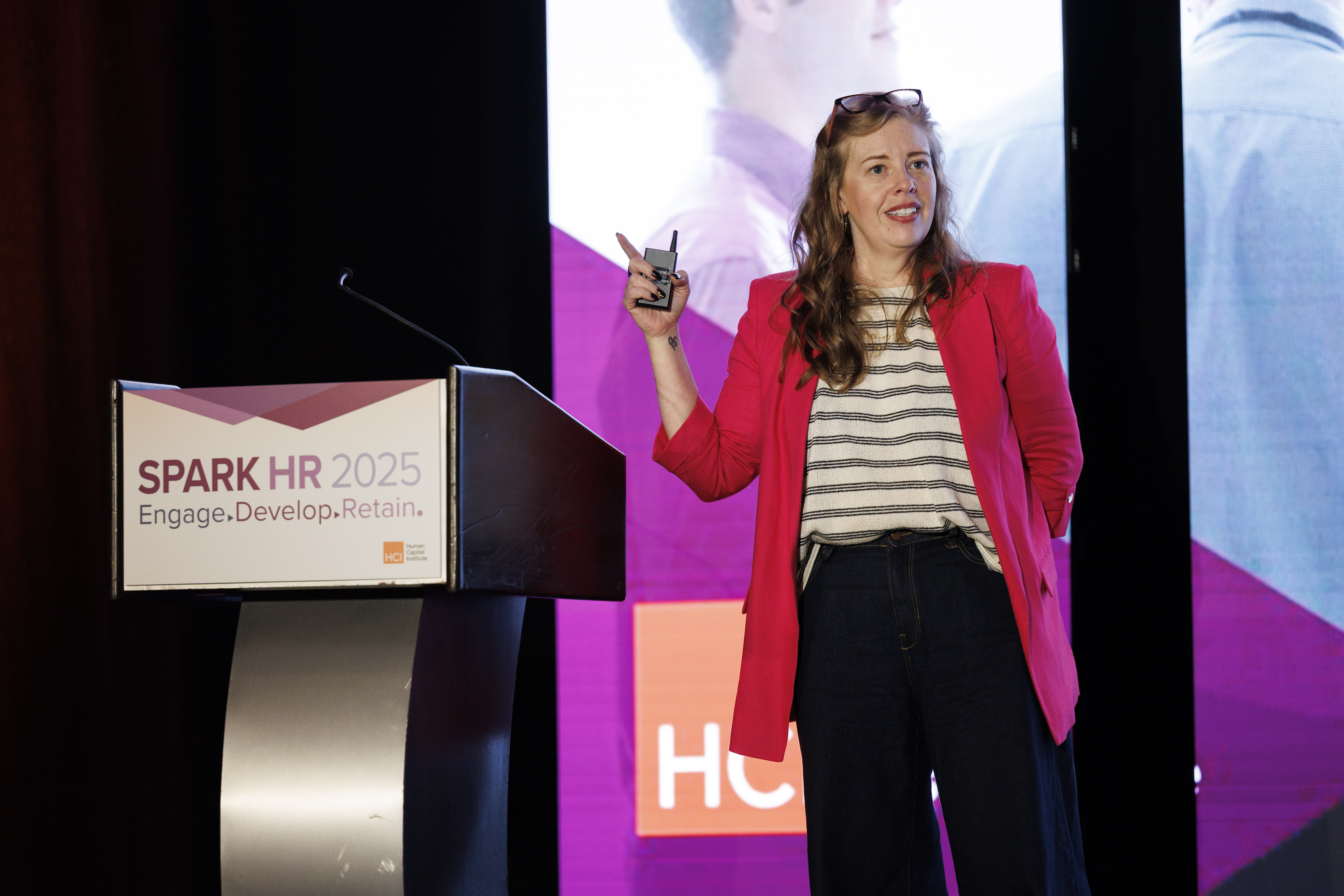
1. You Must Be Intentional About Culture. Period.
Workplace culture is the difference between having a confident, productive team and one that dreads their desk about as much as they do the DMV.
Liz Almeida, CHRO at Panasonic, warns leaders about the dangers of a stagnant, unsupportive work culture.
“When people don’t feel safe and don’t feel a sense of belonging, they’re not going to take risks,” says Almeida. “You’re going to lose opportunities in driving innovation, and then you’re going to lose the talent growth mindset.”
Though she stresses the importance of culture, Almeida acknowledges that every company is different, and will require different solutions, but certain questions can guide leaders to answers.
“I don’t have a playbook to give you today… but I have a lot of great questions that I think you can ask your leaders and ask yourself,” Almeida says. “Who do you want to be as an organization? What’s your mission and vision? What are your values? Because when the headlines change, as they will, and they often do, you will always go back to your values. That’s your North Star”
The solutions to tackling a failing work culture are many and vast, but Tyrese Manigault, Manager of Employee Engagement at NASCAR, says the first step in proactively shifting culture is awareness.
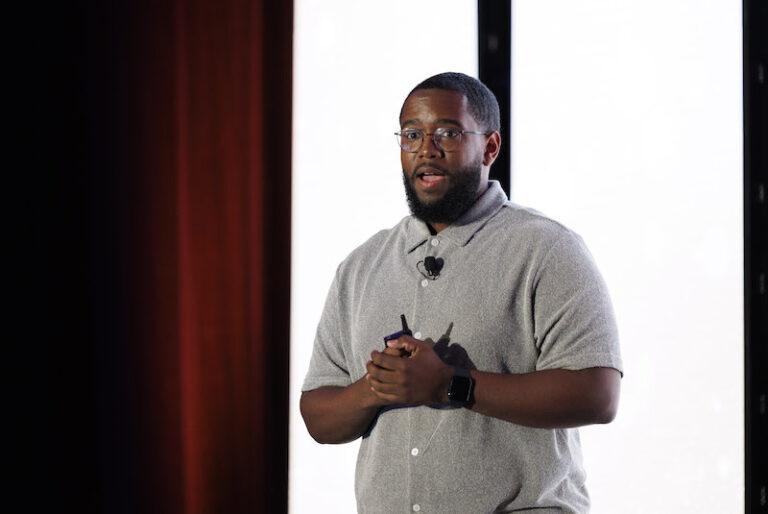
Photo credit: Spencer Selvidge.
“We made a choice to listen to our employees and in 2020 and in 2022… conduct[ing] employee engagement surveys on top of post surveys… We did this to create a centralized, data-driven employee engagement platform for our employees, not just to gather feedback, but we also did it to diagnose where we had some areas of disconnect and where we needed to grow in our organization,” says Manigault. “This wasn’t just a check-box exercise, something to just say we did it for the sake of doing it, but this was an opportunity to build a strategy in this new version of NASCAR. This was about being more self-aware, being more connected, and being more intentional with our employees than we have ever been before.”
Manigault states several examples of initiatives NASCAR started to actively foster its culture, such as NASCAR University, focusing on employees’ career growth; NASCAR Impact Week, a weeklong volunteerism initiative; Pit Crew Academy, live onboarding for new talent; and NASCAR High-Five, a recognition program, resulting in outcomes of increased employee recognition by 275% at the company.
2. Properly Onboarding Your Managers Is Crucial.
Heavy is the head that wears the managerial crown, mostly because it’s comprised of several crowns and a few hats. Managers are the connection point between executive leadership and teams on the ground, embodying the company culture and ensuring employee engagement is thriving. So, when they lack proper managerial training, things fall apart quickly.
Chrissy Roth-Francis, PhD, Director of Talent & Development at LinkedIn, says managers are in a dangerous situation, but HR leaders can fix it.
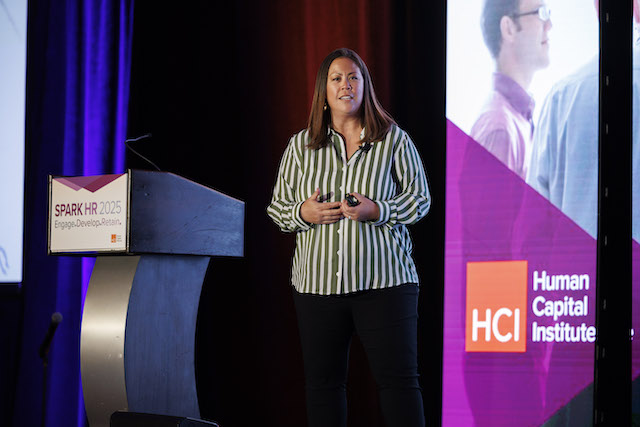
“Since the pandemic, complexity has gone up—It’s harder now… the situation for managers is dire. 1 in 5 managers don’t want to be managers anymore… and 51% say they have more responsibilities than they can handle,” says Roth-Francis.
She suggests applying a framework much like Maslow’s Hierarchy of needs to onboarding, ensuring basic, necessary information is communicated first before moving on to higher-level tasks. Her steps include:
- Basics: Where is the bathroom, where do they get food, is their computer set up, etc.
- Resources: Is payroll set up, what are their benefits, what amenities and resources are available to them?
- Belonging: How are they going to be supported, are they familiar with their colleagues?
- Purpose: Do they understand their role, what can they do to excel, do they feel comfortable in the culture, how can they support their team and vice versa?
- Development: Are they getting feedback they need, are they being invested in, do they have a strategy for moving forward in their career?
These are not day one, week one, or even month one goals, Roth-Francis describes. It’s about diligence and respect and investing in your managers. Employee engagement relies on a mastery of the fundamentals before trying to raise the stakes.
Roth-Francis also describes the manager template LinkedIn has devised, and how being upfront about manager expectations leads to better hires.
“[We launched] an aspiring managers program for people or individual contributors to learn if they really want to [be managers]. And in that program, we’re not hiding it. We are telling them, ‘do you really want to be in 15 meetings in a day? Does that really sound good for you? Do you really want to manage people? We want to throw it out there, because we don’t want any misconceptions about what this job is. Do not come in thinking this is all the glory,’ because that’s how we get it right, by getting the right people in the managerial job.”
3. Innovate, Innovate, Innovate.
Stagnation arises from complacency. When you try to apply yesterday’s solution to today’s problems, you fall behind. To best help your team and keep them engaged in the ever-evolving landscape of today’s world, you need to be innovating at every step, technological and otherwise.
Allison Vendt, VP of People Operations and Head of Employee Experience at Dropbox, speaks to the purpose of tech innovation, and how necessary flexibility is when tackling problems. Dropbox’s virtual first work model helps keep employees engaged.
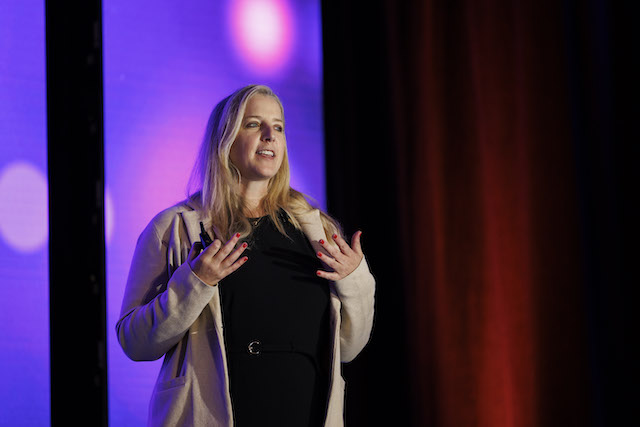
“Before getting caught up in this debate between in-person, remote, and hybrid work, the key is there’s no single model that’s going to work for every single organization. Virtual first is about combining intentionality, flexibility, and balancing between focus and collaboration. I encourage all of us to adopt this experimentation and agile mindset, and embrace change,” says Vendt.
A great tool she suggests for those who interact across several time zones is set hours to engage with your teams.
“Core collaboration hours is a practice that we introduced when we became virtual first, and this is about four-hour time blocks that we leverage that are aligned to the time zone. Within a particular region, we have the most critical mass of employees. So for example, in North America, that is the Pacific Time Zone, and this is to be leveraged for synchronous collaboration. So that could mean meetings, for sure, but it could also mean collaborating in real-time on documents and via communication tools like Slack.”
Ben Eubanks, Chief Research Officer at Lighthouse Research & Advisory, talks about research firm’s method for innovative problem solving, “Hacking: where we looked at a system or a problem that someone’s trying to solve, we looked at their aspiration, their hope for how to solve that, and then we got to a hack or a solution on how to fix that.” Areas where Eubanks says HR leaders can use hacks are recruiting, mid-year reviews, and new manager onboarding, emphasizing practical, quick solutions. Practical and quick because Eubanks says that’s how innovation works:
“When we think about innovation as a process, we [sometimes] think about it like someone comes down from the mountain, like, look at this thing we’ve discovered. In reality, most innovations aren’t like that. It’s [making] a little change here, a little change there, little pieces and bits over time lead to a better outcome overall. Make it 2% better, and then make that 2% better and better, and then make that 2% better, and it starts to compound in a positive way.”
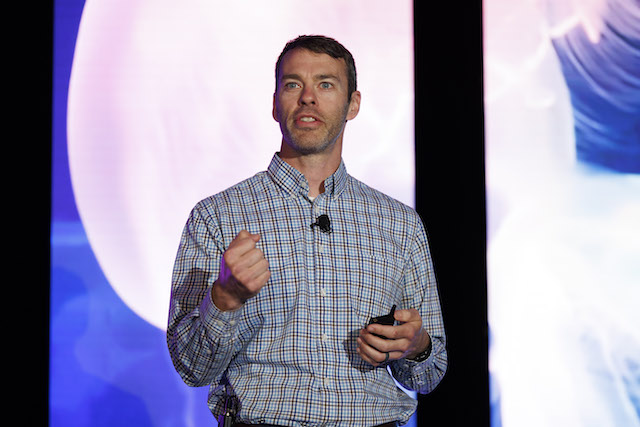
AI is the hottest topic in HR right now because it’s deeply intertwined with how much employees are engaged in the workplace. On one hand, there’s employee wariness about AI, not knowing how it’ll impact the job, but on the other, there’s also the opportunity and excitement at the prospect of optimizing the mundane parts of work and leaving room for more human connection and engagement.
Engagement all comes down to how the tech is implemented. Matthew Duncan, Head of Thought Leadership on the Future of Work at Microsoft, dives into how companies can best integrate AI into their work to keep employees engaged.
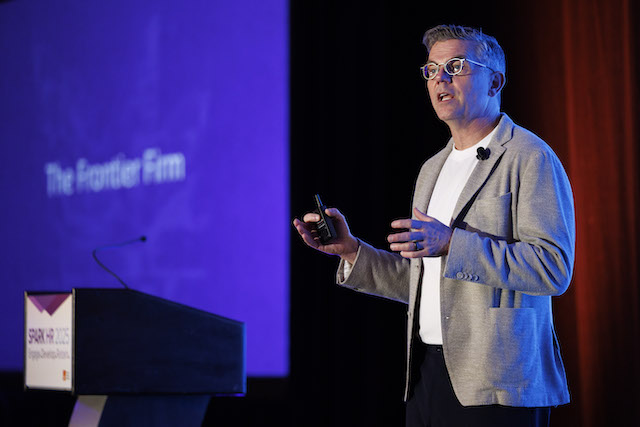
“Preparing people for what’s next is a must, and it starts here with… leaders inside your organization. And that starts at the top priority, AI literacy, right?” Duncan says. “But closely behind is conflict mitigation, adaptability, process optimization, and innovative thinking, those human strengths showing that the future belongs to those who can pair deep AI expertise or capabilities with the skills that the machines just don’t know how to do.”
Duncan offers a series of steps to think through when adopting AI into your workflow.
- Have a digital agent tackle repetitive tasks
- Involve the agents like they’re a teammate
- Find the ratio between AI and human control in a workflow
- Test, experiment, repeat
Did you miss SPARK HR in Lake Buena Vista this spring? Not to worry! Join us live in San Antonio at SPARK TALENT 2025 and get practical strategies focusing on workforce planning, talent acquisition, and AI-driven processes! Discover proven solutions from top HR thought leaders from PepsiCo, Walmart, Staples, The Coca-Cola Company, Marriott, and GE HealthCare, and get ready to adapt your talent strategy for the future.
This article is presented in partnership with HR Daily Advisor. HR Query is a Q&A series by HR Daily Advisor that focuses on HR professionals' insights on current HR trends and dives into their personal stories, helping HR peers connect with challenges and opportunities.

Author

